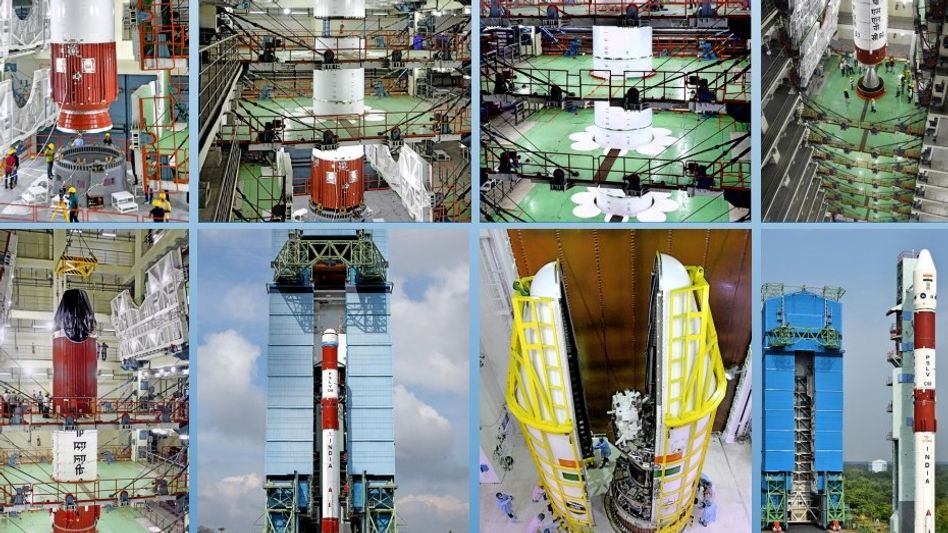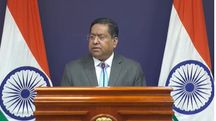ISRO's year-end SpaDeX mission to demonstrate autonomous docking technology
ISRO is launching the Space Docking Experiment (SpaDeX) to demonstrate autonomous docking technology. This mission aims to advance India's space capabilities and position in the global space sector.
 ISRO's year-end SpaDeX mission to demonstrate autonomous docking technology
ISRO's year-end SpaDeX mission to demonstrate autonomous docking technology The Indian Space Research Organisation (ISRO) is gearing up for its final mission of 2024, the "Space Docking Experiment" (SpaDeX), scheduled for launch on Monday at 9:58 pm from the Satish Dhawan Space Centre in Sriharikota. This mission, using the PSLV-C60, aims to test critical technologies for future lunar and deep-space missions.
SpaDeX will focus on the autonomous rendezvous, docking, and undocking of two small spacecraft—SDX01 (the Chaser) and SDX02 (the Target)—in low-Earth orbit. ISRO highlights that the smaller size and mass of these spacecraft add to the challenge, requiring extremely precise manoeuvres. This experiment is considered a precursor to technologies needed for missions like Chandrayaan-4, which may rely on autonomous docking without Earth-based GNSS (Global Navigation Satellite System) support.
Both spacecraft are equipped with a differential GNSS-based Satellite Positioning System (SPS) for accurate Position, Navigation, and Timing (PNT) solutions. A novel RODP processor in the SPS receiver enables precise relative positioning and velocity measurements by leveraging carrier phase data from GNSS satellites. Communication between the spacecraft is facilitated by VHF/UHF transceivers, which transfer GNSS measurements to enhance accuracy.
Designed and developed by the UR Rao Satellite Centre (URSC) with contributions from other ISRO centres, the SpaDeX spacecraft underwent extensive integration and testing at Ananth Technologies in Bangalore. After final checks, the satellites were transported to Sriharikota for launch preparations.
The success of SpaDeX is expected to mark a significant milestone in ISRO's pursuit of advanced space technologies, with potential applications in autonomous docking for lunar missions and beyond.
Copyright©2025 Living Media India Limited. For reprint rights: Syndications Today









